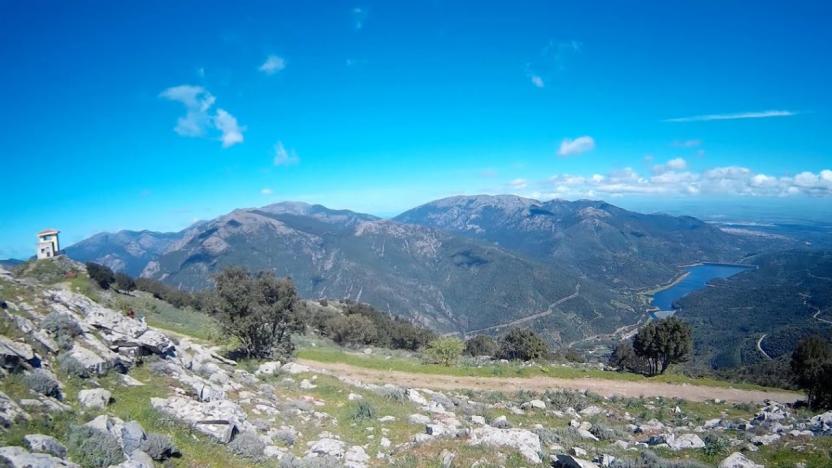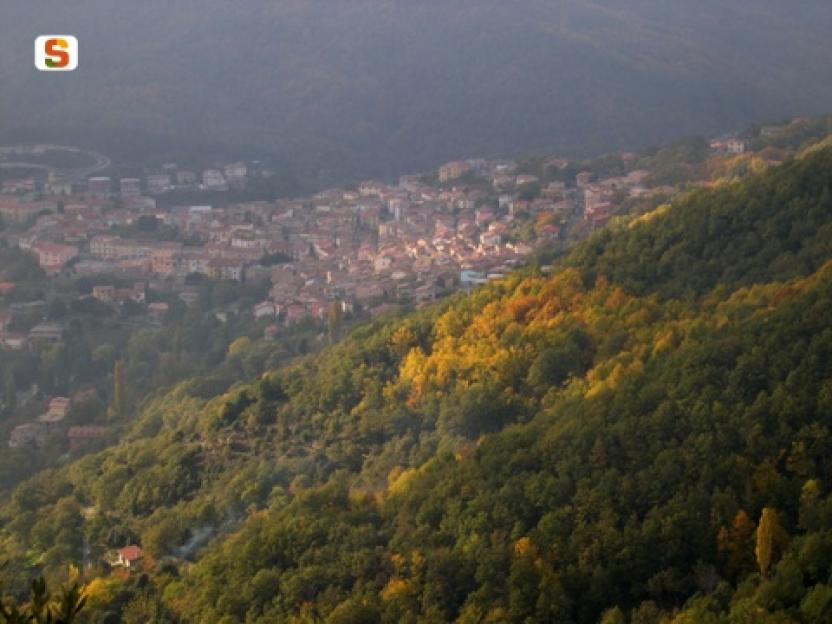Overview of the itinerary
Sentiero Italia runs the length of the island’s eastern side, covering its most important mountains, in 28 stages. Starting from the north: it flanks the Monte Limbara massif, crosses the limestones of Mont’Albo and Tuttavista, skirting the Gulf of Orosei, it crosses the Supramonte, Gennargentu and the Tacchi of Ogliastra and reaches Perdasdefogu. Further south, it passes through Armungia and the Gerrei sub-region. Lastly, it touches on the villages of Burcei and San Gregorio, continuing on the Sette Fratelli massif to the old prisons of Castiadas.
General information on Sentiero Italia (Grand Italian Trail)
Sentiero Italia, or Grand Italian Trail, as also explained on the official website, is a walking route that crosses the whole of Italy, using mainly but not exclusively “registered trails”.
In particular, in Sardinia, not all the stages of the Sentiero Italia of CAI (Italian Alpine Club) are made of trails already included in the registry of the Sardinia Trail Network (RES), either because they have not yet been tested and approved or simply because they cannot be registered as they do not meet the requirements. However, as a whole, the Sentiero Italia is the single longest walking route currently crossing Sardinia from the north (S. Teresa Gallura, stage Z 1) to the south (Castiadas, end of stage Z 28), touching on the most fascinating mountain areas in central-eastern Sardinia: the plateau of Buddusò, Tepilora, the Cedrino river valley, the ancient forests of Montes, Perda Liana and the regional forest of Montarbu, Monte Genis, and lastly the regional forest of Settefratelli (among the many crossed by the various stages of this long hiking itinerary).
Information on this stage of the trail
The original stage was quite long, around 28 km, so it has been split into two parts.
Route 21A is the longest section, about 17 km, ending in the small town of Ulassai, home to artist Maria Lai and a climbing mecca with many bolted routes of varying levels of difficulty.
The start point is close to the town park, where there is also a fountain. The route starts uphill, along a clearly marked path. The first destination is nuraghe Serbissi, at an elevation of 947 m asl. Having left the nuraghe, which is managed by a local cooperative, the path turns downhill and then after a series of easy ascents and descents, reaches the Urceni nuraghe (934 m asl). Here you will find a fork; take the southern path and after a brief stop at the Urceni fountain, continue in the direction of the San Giorgio hotel (only open in summer). After a few hundred metres, you can stop for a picnic at the abundant Sa Brecca spring.
On the way to the car park of the Cave of Su Marmuri, you will encounter the Sanu nuraghe, which does not offer much opportunity at the moment for viewing or exploration because it has not yet undergone archaeological excavations. From the cave’s car park, walk along a short stretch of blacktop road, which you will then leave to take the path that, running alongside the sports field, offers beautiful views of the town. This final section is known as the Maria Lai trail.
This is a very scenic stage suitable for fairly fit hikers. The final section, from the sports field onwards, is recommended for experienced hikers as there are two exposed stretches, albeit equipped with a steel cable.





